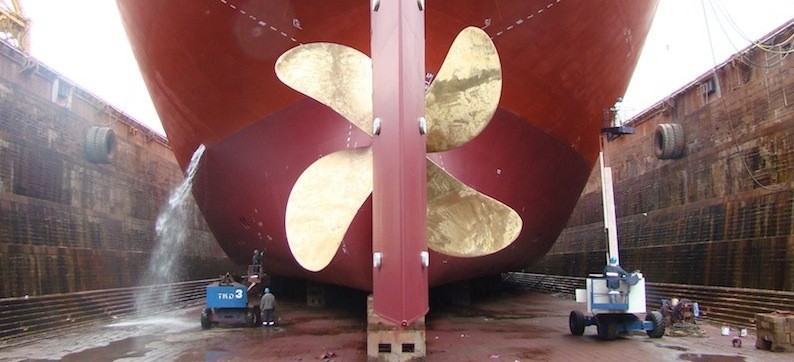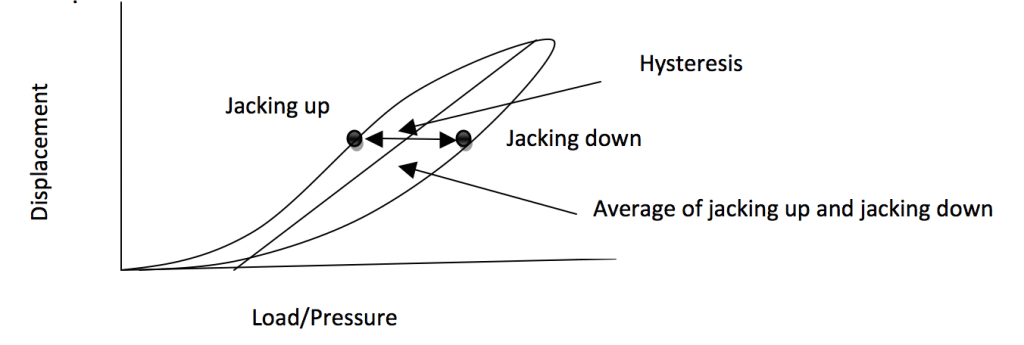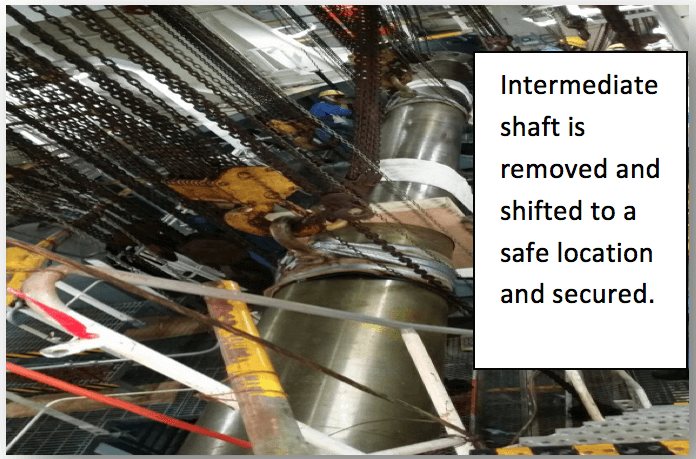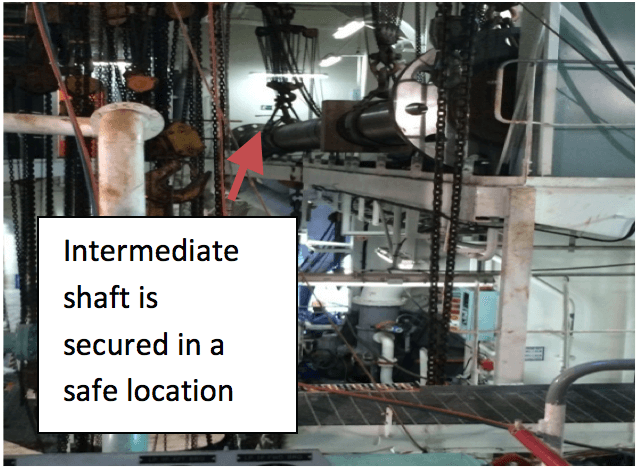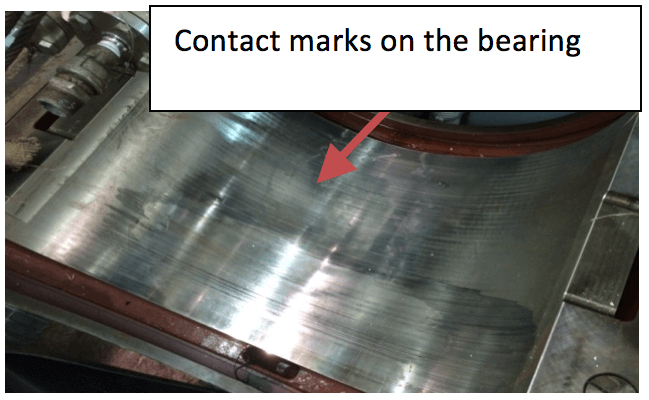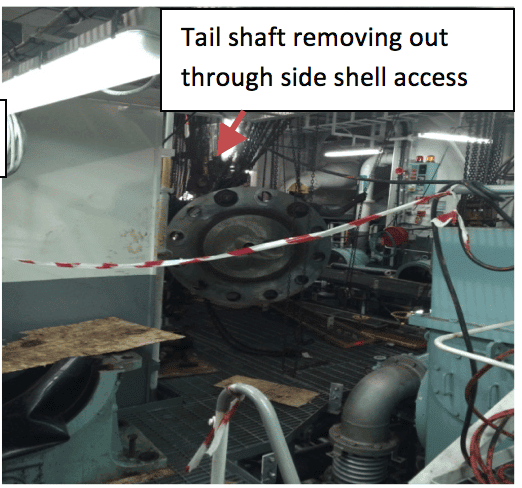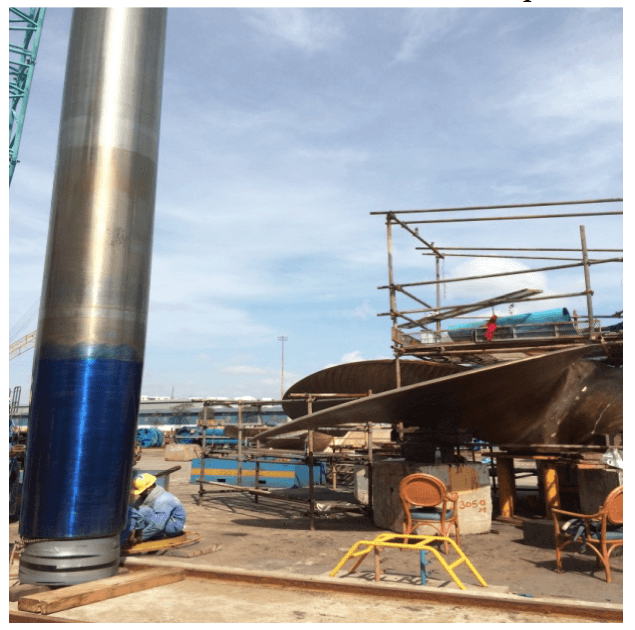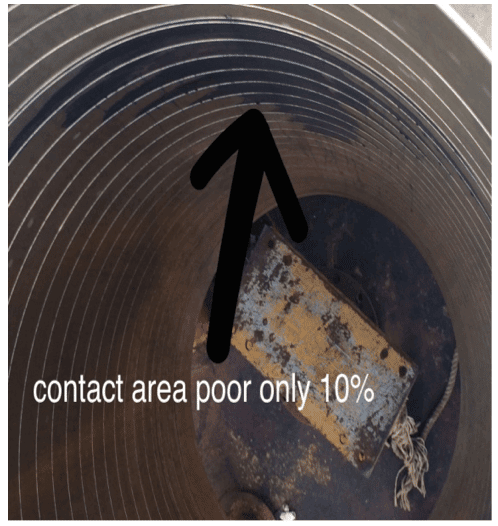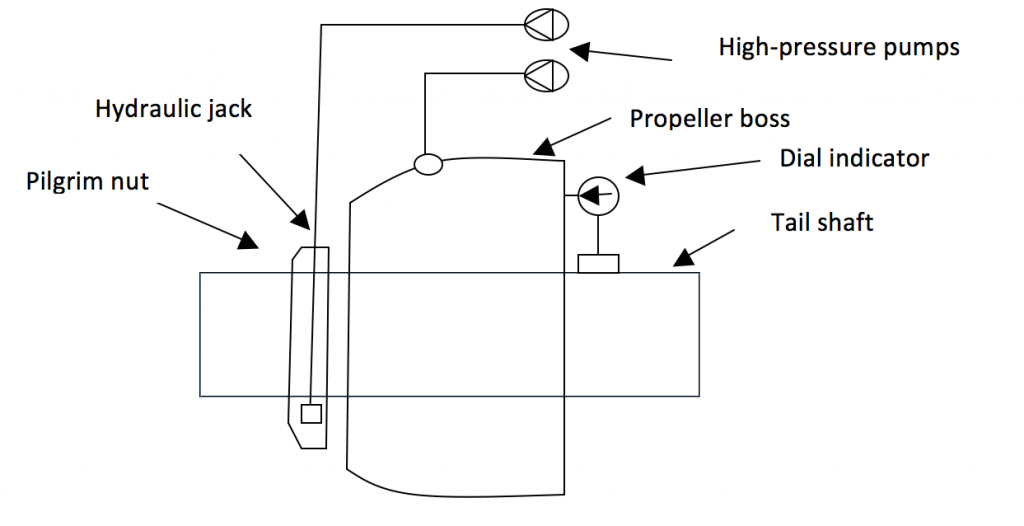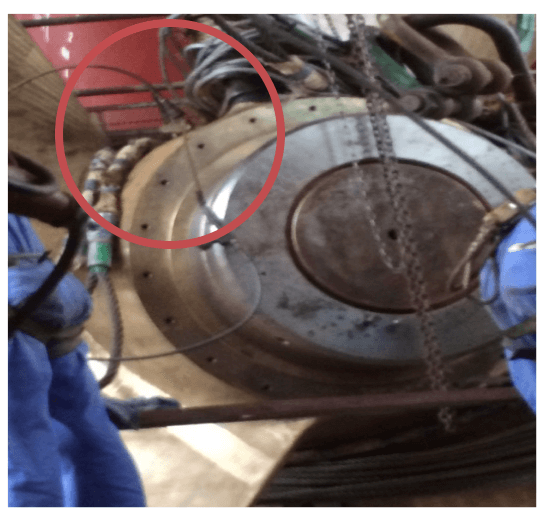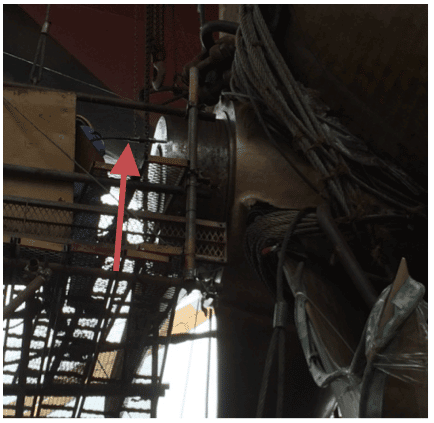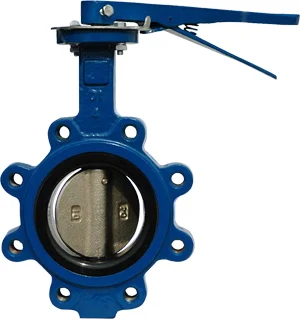When the air conditioner suddenly shows abnormal signs such as not cooling, not starting, having odors, making noise, etc., do not rush to take the machine for repair because some problems can be handled and fixed at home.
1. Air conditioner does not work
When starting the air conditioner but it does not work, the main causes may be as follows:
Unstable power source or no power supply.
The fuse is broken, the transformer is damaged or the wire is short-circuited.
The electrical connections are loose, the safety device is open.
How to fix:
Check the voltage, fuse size and type for damage.
Check the electrical connections, if they are loose, they need to be tightened.
Use a voltage meter to check the circuit.
Check the continuity of the protection device and the control circuit with a meter.
2 Poor cooling capacity
You have started the air conditioner for an hour but the room is still not cool, the reason may be:
The air conditioner has not been cleaned for a long time, the air filter, condenser and evaporator are dirty so they cannot emit cold air.
The air conditioner is low on gas, the gas pipe is loose, open, damaged and leaks gas out.
The evaporator does not have enough air passing through.
Overloading makes the compressor operate inefficiently.
The compressor is damaged.
The cooling air does not circulate.
How to fix:
Clean the air conditioner regularly and periodically depending on the frequency of use, about 3 - 6 months/time.
Check the gas line, charge the gas for the air conditioner.
Check the fan and maintain the condenser.
Check the compressor performance and operating load.
Remove any obstructions to the cooling air flow.
3. The air conditioner is too cold
The cause of the air conditioner being too cold may be due to the temperature controller of the machine being damaged, or the temperature being set too low compared to the usage needs.
How to fix:
Check the circuit of the temperature controller and the wire.
Adjust the temperature accordingly.
4. Compressor noise
The phenomenon of compressor noise often occurs in outdoor condensers. You can easily recognize it by turning on the air conditioner, even though you are in the room, you can still hear the rumbling sound from outside.
The cause of this phenomenon may be due to loose bolts or screws, or damaged parts inside the compressor that make the machine unstable. In addition, excess gas or strong friction between pipes with each other or with the machine shell can also cause noise during operation.
How to fix:
Fix the pipes to prevent them from colliding with each other.
Check if the place where the condenser is placed is flat or not, the compressor shell is dented and causes collision with the internal parts or not. At the same time, check the bolts at the bottom of the machine to see if they are loose or not. Then, reposition the machine to stabilize and tighten the loose bolts.
Discharge the excess gas outside with a hexagon valve. The discharge location is right at the cone end of the condenser.
Replace the new compressor. Before replacing, you need to check the code, brand and capacity to choose the right one.
5. The machine runs continuously but is not cold
Sometimes you will find that the air conditioner is still running continuously but is not cooling effectively. Some causes that can cause this situation are:
Lack of gas due to a leak or a clogged gas pipe.
The air filter and evaporator are dirty, preventing cold air from being blown out.
The condenser is dirty.
Insufficient air passing through the evaporator.
The cooling air is not circulating.
The compressor is not working effectively.
The load is too heavy, causing insufficient power for the machine to operate.
How to fix:
Check the gas system. Remove gas, vacuum and recharge gas if necessary.
Clean the air filter system and evaporator.
Maintain the condenser and radiator system.
Check and remove objects that obstruct the cooling air flow.
Check the load and voltage of the electrical current. If the load is not enough, you should turn off unused electrical devices, or use a voltage stabilizer to ensure stable electrical current.
6. The air conditioner is not cold while there is still air blowing out from the body of the machine
If you feel that the air conditioner is not cold or warms the air even though there is still air blowing out from the body of the machine, it may be due to the following reasons:
The set temperature is higher than the cooling demand.
The room is not sealed, leading to cold air loss to the outside.
The air filter and evaporator are covered with dust.
The room is too large for the capacity of the machine.
How to fix:
Check the temperature setting to see if it is suitable for the cooling needs? Reset the temperature and cooling mode for the air conditioner to achieve the desired cooling effect.
Check if the air filter is working properly, cleaning the air filter will help the air conditioner work well and cool more stably.
Check and close the main door, windows of your house or office if they are open.
Clear the air inlet and outlet ducts in the indoor and outdoor units, then wait about 3 minutes and restart the air conditioner to allow stable air circulation and better air exchange.
The air conditioner may not cool while in compressor protection mode for 3 minutes, so please wait until this mode is completed.
Check if there are any high-heat appliances such as electric grills or hot water basins in the room, the heat emitted will also affect the coolness in the room.
7. Unpleasant odor from the air conditioner
During use, your air conditioner has a foul odor and you smell odors such as:
The pungent smell of gas: Due to the evaporator leaking gas, if the gas concentration is high, it will be dangerous and toxic to the user's health, easily making you unconscious and dizzy.
Bad smell from the toilet: The cause is due to the evaporator drain pipe being directly connected to the toilet drain system.
Moldy smell: Due to long-term use without cleaning, the air conditioner has mold inside and emits a foul odor.
How to fix:
If the air conditioner smells of gas, you need to turn it off immediately, open the room door, use a fan to quickly remove the odor and check the gas pipe again.
If the air conditioner smells of the toilet, you should contact a technician to repair the evaporator drain pipe.
If the air conditioner smells of mold, you just need to clean the evaporator.
8. The machine runs and stops continuously
In some cases, the air conditioner runs for a while and then turns off, then this process repeats continuously, not only wasting electricity but also affecting the experience of using the product.
Some causes of this phenomenon:
Lack or excess of gas causes the machine to operate unstably.
The gas pipe is obstructed and clogged.
The contactor coil of the compressor is damaged.
The condenser is dirty and clogged.
The expansion valve or capillary tube is clogged. Or the sensor bulb of the expansion valve is leaking.
Low voltage is not enough for the machine to operate.
How to fix:
Recharge the gas if it is lacking or drain the gas if it is too much.
Remove the parts that obstruct the pipeline.
Periodically clean the air conditioner. At the same time, maintain the condenser - evaporator and important connection parts.
Replace the expansion valve and capillary tube if necessary.
Ensure the operating voltage of the air conditioner is correct according to the rating on the machine. Use a voltage stabilizer if necessary.
9. The condenser fan does not run
The condenser fan has the function of dissipating heat from the condenser by sucking in outside air and blowing it into the condenser, helping the heat exchange process of the condenser to take place better. The faster the condenser heat dissipation process, the better the cooling efficiency of the air conditioner.
The following reasons will cause the condenser fan to not work, affecting the cooling capacity of the air conditioner:
Due to the mechanical part: After a long time of use, the condenser fan can wear out the bearing, the shaft is tight, the grease is dry, ... leading to muscle stiffness, making the fan unable to rotate. You can easily recognize it by using your hand to turn the fan blade. If it feels heavy when rotating, the fan stops when you let go of your hand, then the mechanical part is damaged, affecting the operation of the condenser.
Due to the electrical part: Broken wires, burned motors, burned capacitors, broken power cords are all electrical damages. The way to recognize it is to use an ammeter to measure the current running in the circuit.
In some air conditioner models, the power supply to the fan is controlled from the evaporator circuit board. Therefore, when the circuit board is faulty, the fan will also stop working.
In case the block is damaged, the gas stops cooling, leading to a system error, so the entire condenser stops working.
How to fix:
Check the capacitors, circuits, etc. yourself with an electric meter. Or you can contact the warranty staff to do a more general check and replace some damaged components if any.
10. The evaporator fan does not run
The evaporator fan has the effect of cooling the internal parts of the evaporator, while also preventing dust from sticking to the evaporator, helping the air circulate stably. The evaporator fan not running will cause no cold air to blow out from the air deflector, the air conditioner will not cool.
The reason why the evaporator fan does not run may be due to:
The fan motor is short-circuited or touches the shell, causing the air conditioner fan to wear out, causing muscle cramps.
The power cord to the fan is broken or the power cord is loose. The motor wire is burned, a wire in the motor is broken, etc. are also the reasons why the evaporator fan does not work.
The fan contactor coil is damaged.
The capacitor is short-circuited.
How to fix:
If the evaporator fan does not work due to long-term use, you should contact the warranty center to check and replace the components.
11. The machine is low on gas, out of gas
The gas inside the air conditioner is a chemical that does not decompose, so it will not normally be lost during the operation of the machine. In the case of a low on gas, out of gas, it only occurs due to a leak in the pipeline, a leaking valve, etc., or during a new installation, the technician does not check and refill the necessary gas.
To know if the air conditioner is low on gas or not, you should pay attention to the following phenomena:
The machine is not cold, not cold enough.
The small pipe valve of the condenser is covered with snow.
The operating current is lower than the rated current recorded on the machine.
The gas pressure sucked into the compressor is lower than the normal pressure (normal value is from 65 - 75 psi). The pressure on the high pressure side is also lower than normal.
In some air conditioners, the control board will automatically turn off after 5 - 10 minutes of operation and report an error on the condenser.
How to fix:
Contact the warranty center to check the pipeline system and refill the gas.
12. Block running and stopping continuously due to overload
The air conditioner block not running will also lead to the air conditioner not cooling. This can be due to the following reasons:
The compressor has no power supply: Due to the control board, open circuit or damaged contactor that cannot be closed.
Due to damaged capacitor, damaged condenser fan, poor operation of compressor motor.
Burned motor coil inside.
Lack or excess gas.
Low or unstable voltage.
How to fix:
In case of burned motor wire, damaged fan or other components, you need to replace them.
Fully charge the gas if it is lacking or drain the gas if it is excess.
Use a voltage stabilizer to ensure stable voltage.
13. The machine is leaking water in the evaporator
The air conditioner has the ability to continuously create condensation, the excess water will be drained out by plastic, rubber pipes or small electric pumps. If the machine is leaking water, dripping in the evaporator, it is due to the following reasons:
When installing the drain pipe without a slope, the water cannot drain out and remains in the trough. Over time, it leads to overflow in the trough and flows down the wall. If the wall is made of plaster, it will cause serious damage.
If you use the machine for a long time without cleaning, the drain hole at the cold side is clogged, causing overflow and water to leak.
How to fix:
To make the drain pipe slope and drain better, you need to readjust the pipe. For coolers with long pipes, the drain pipe should be placed in a certain position, not along the pipe.
Clean the machine
 RSS Feed
RSS Feed Twitter
Twitter



 5:12 PM
5:12 PM
 Around the world
Around the world





